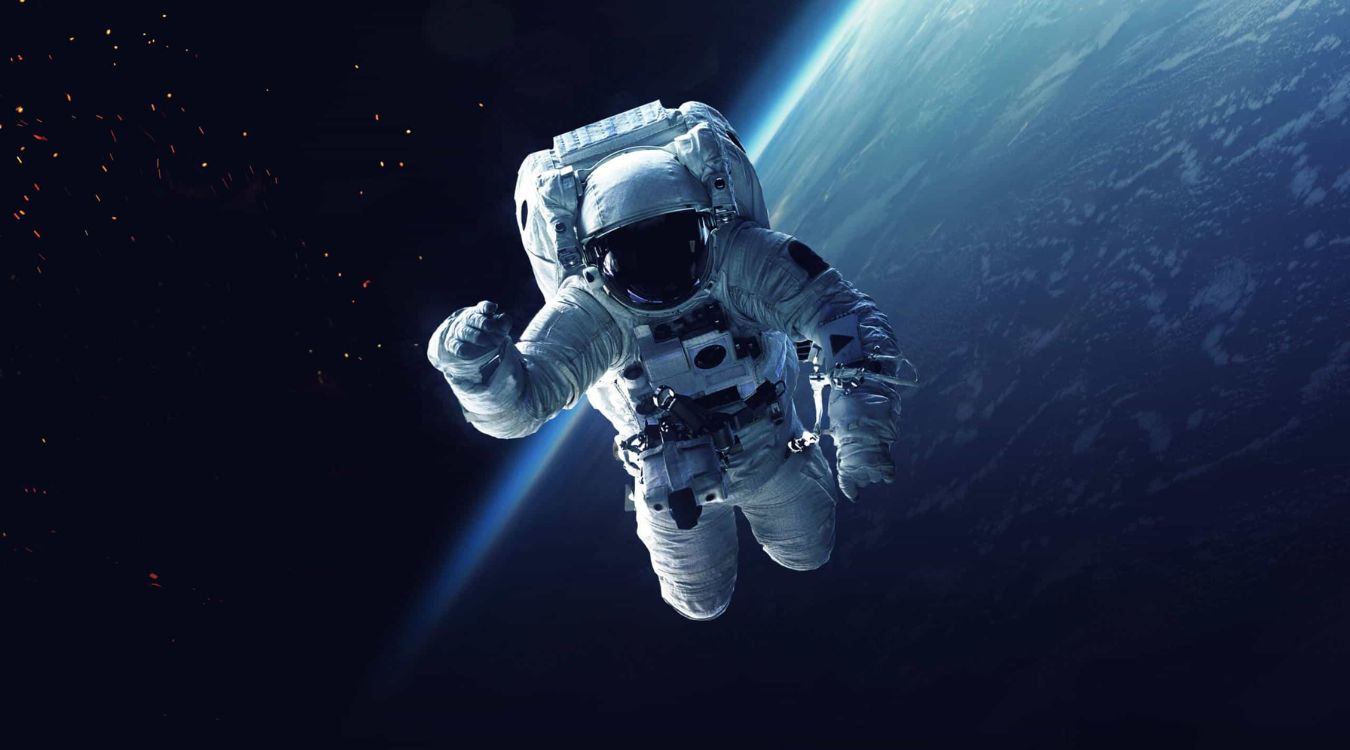
Space exploration has always fascinated humanity, sparking curiosity and inspiring countless dreams of venturing beyond our planet. But how much do we really know about it? Did you know that the footprints left by astronauts on the moon will remain there for millions of years because the moon has no atmosphere to erode them? Or that spacecraft can travel at speeds exceeding 17,500 miles per hour? These are just a couple of the mind-blowing facts that make space exploration so intriguing. From the first human in space to the latest missions to Mars, the journey of exploring the cosmos is filled with incredible achievements and surprising details. Buckle up as we dive into 20 lesser-known facts about space exploration that will leave you starstruck!
Key Takeaways:
- Space exploration has a rich history, from the first satellite to Mars rovers. Humans have ventured into space, landed on the moon, and continue to push the boundaries of our understanding of the cosmos.
- The future of space exploration is filled with exciting possibilities, including returning to the moon, sending humans to Mars, and even the potential for asteroid mining. The universe holds endless opportunities for discovery and adventure.
The Early Days of Space Exploration
Space exploration has fascinated humanity for decades. From the first satellite to the latest Mars rover, each mission has expanded our understanding of the cosmos.
-
Sputnik 1 was the first artificial satellite launched by the Soviet Union in 1957. It marked the beginning of the space age.
-
Laika, a Soviet space dog, became the first animal to orbit Earth in 1957. Sadly, she did not survive the mission.
-
Yuri Gagarin was the first human to journey into outer space in 1961, orbiting Earth aboard Vostok 1.
-
Valentina Tereshkova became the first woman in space in 1963, orbiting Earth 48 times aboard Vostok 6.
Moon Landings and Beyond
The moon has always been a focal point of space exploration. The Apollo missions brought humans to the lunar surface and back.
-
Apollo 11 was the first manned mission to land on the moon in 1969. Neil Armstrong and Buzz Aldrin walked on the lunar surface.
-
The Moon's soil contains small amounts of water, discovered by NASA's Lunar Crater Observation and Sensing Satellite in 2009.
-
Apollo 13 faced a critical failure en route to the moon in 1970. The crew returned safely, thanks to their ingenuity and NASA's support.
-
Lunar rovers were used during the Apollo 15, 16, and 17 missions, allowing astronauts to travel further on the moon's surface.
Mars Missions
Mars has been a target for exploration due to its potential for past or present life. Numerous missions have been sent to study the Red Planet.
-
Viking 1 was the first successful mission to land on Mars in 1976, sending back detailed images and data.
-
Curiosity Rover landed on Mars in 2012 and continues to explore the planet's surface, analyzing soil and rock samples.
-
Mars' atmosphere is mostly carbon dioxide, with traces of nitrogen and argon, making it inhospitable for human life without support.
-
Perseverance Rover landed on Mars in 2021, tasked with searching for signs of ancient life and collecting samples for future return to Earth.
Space Stations and Living in Space
Living and working in space presents unique challenges. Space stations like the ISS have become vital for long-term missions.
-
The International Space Station (ISS) has been continuously occupied since 2000, serving as a hub for scientific research and international cooperation.
-
Microgravity affects the human body in various ways, including muscle atrophy and bone loss, requiring astronauts to exercise regularly.
-
Space food has evolved from simple tubes and cubes to more palatable options, including freeze-dried meals and fresh produce grown on the ISS.
-
Spacewalks, or extravehicular activities (EVAs), are essential for maintaining and upgrading the ISS, as well as conducting scientific experiments.
Future of Space Exploration
The future holds exciting possibilities for space exploration, from returning to the moon to sending humans to Mars and beyond.
-
Artemis program aims to return humans to the moon by 2024, with plans to establish a sustainable presence for future missions.
-
SpaceX has been developing the Starship spacecraft, designed to carry humans to Mars and other destinations in the solar system.
-
NASA's Europa Clipper mission, set to launch in the 2020s, will study Jupiter's moon Europa, which may harbor a subsurface ocean.
-
Asteroid mining could become a reality, with companies like Planetary Resources exploring the potential for extracting valuable resources from asteroids.
The Final Frontier
Space exploration has always fascinated humanity. From the first moon landing to the latest Mars rover, each mission uncovers new mysteries. Astronauts undergo rigorous training, preparing them for the harsh conditions of space. Satellites orbiting Earth provide crucial data for weather forecasting, communication, and navigation. The International Space Station serves as a hub for scientific research, fostering international collaboration.
Private companies like SpaceX and Blue Origin are pushing the boundaries, aiming for commercial space travel. Space telescopes like Hubble have expanded our understanding of the universe, revealing distant galaxies and black holes. As technology advances, the dream of colonizing other planets becomes more feasible.
Space exploration not only satisfies our curiosity but also drives innovation, inspiring future generations to reach for the stars. The journey is far from over, and the possibilities are endless.
Frequently Asked Questions
Was this page helpful?
Our commitment to delivering trustworthy and engaging content is at the heart of what we do. Each fact on our site is contributed by real users like you, bringing a wealth of diverse insights and information. To ensure the highest standards of accuracy and reliability, our dedicated editors meticulously review each submission. This process guarantees that the facts we share are not only fascinating but also credible. Trust in our commitment to quality and authenticity as you explore and learn with us.
